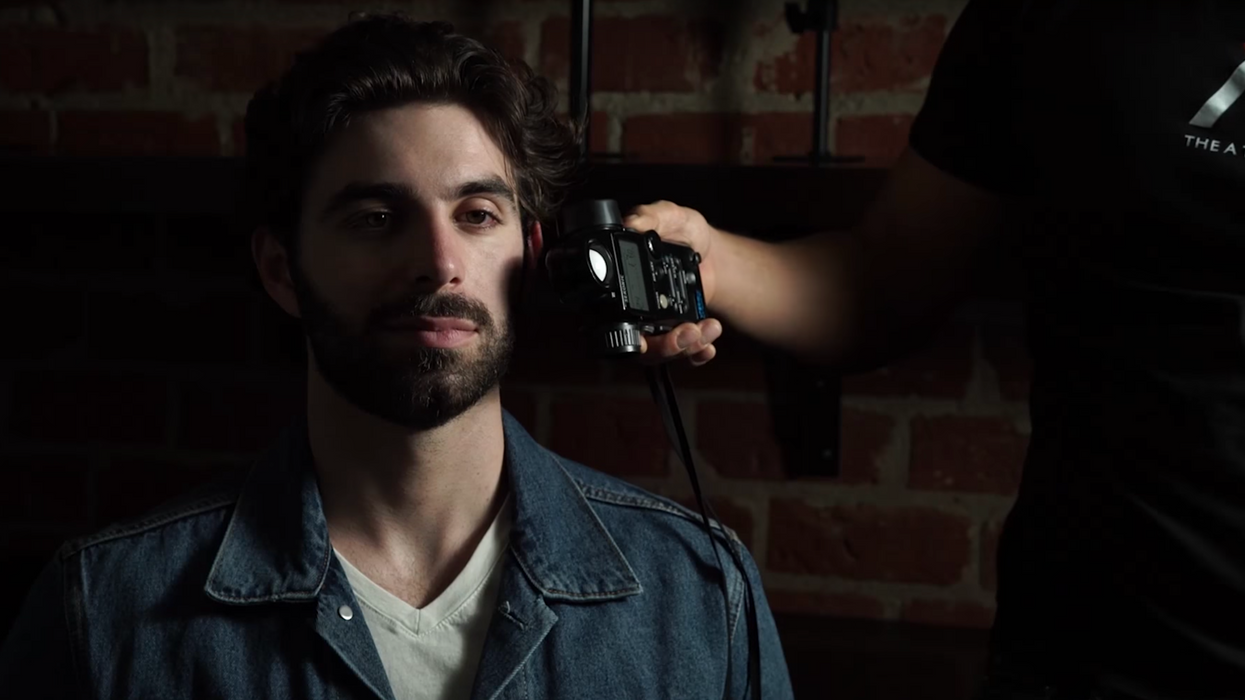A Cinematographer's Best Friend: How to Use a Light Meter
Light meters are one of the most helpful and powerful tools that DPs have at their disposal, but how exactly do you use them?

As a cinematographer, light is your most important material for crafting your scenes, but it can be a very tricky thing to have control over. This is why it's so important to understand how to use a light meter, a device that helps you determine proper exposure and the best light level for a particular scene. In this video from Aputure, DP Julia Swain not only explains how light meters work but also shows you how to use them when you're trying to come up with the optimum lighting setup for a shot. Check it out below:
There are a number of different ways to measure light, including using monitors with a variety of scopes (waveform, histogram, zebra), but using light meters is a relatively quick and easy way to determine exposure to get the lighting setup your scene needs.
While setting the parameters (ISO, frame rate, etc.) on a light meter is pretty straightforward, it might take a little practice to actually decide what to do with the readings it gives you. As Swain says in the video, getting a certain reading doesn't automatically mean you have to set your aperture to that f-stop. It's up to you to decide whether you want to over or underexpose your image, add more light to achieve a specific light ratio, or change your lighting setup altogether.
Source: Aputure














